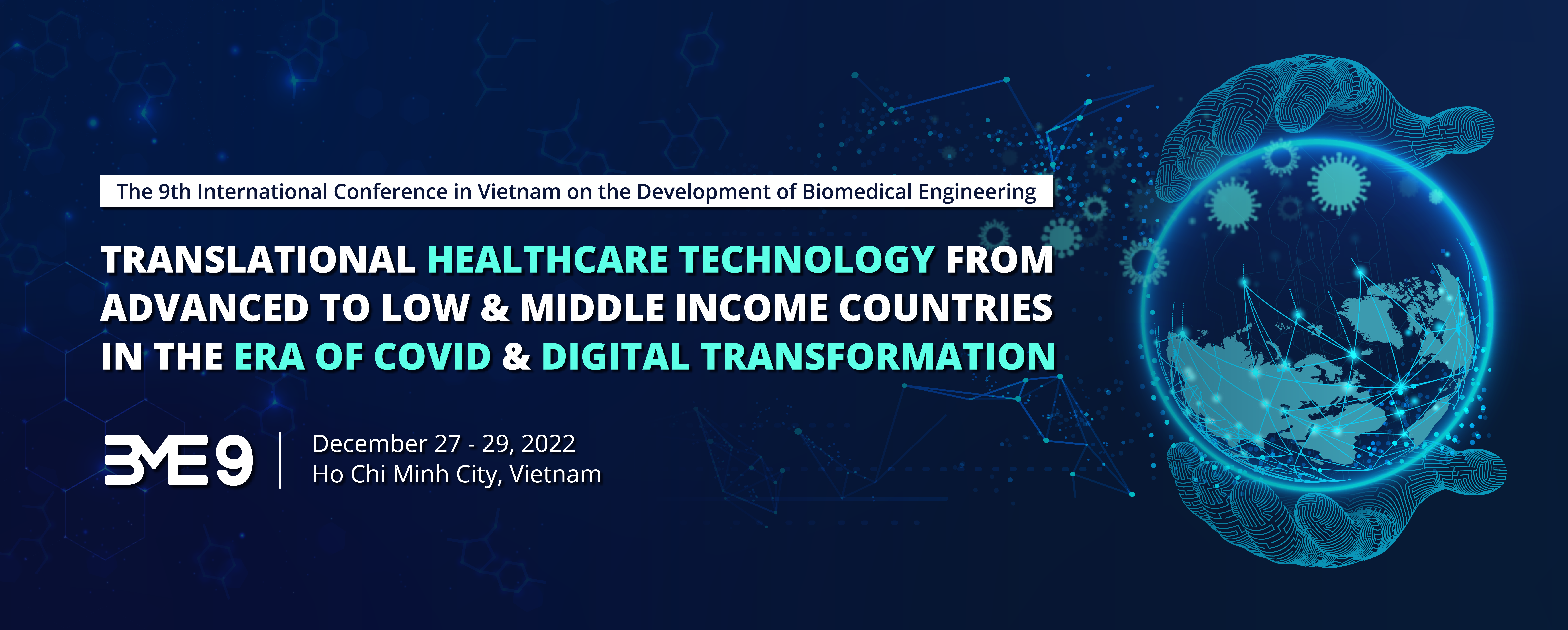Chair (Distinguished) Professor
Department of Chemical & Materials Engineering, National Central University
No. 300 Jung da Rd., Jhong-Li, Taoyuan 320,Taiwan, R.O.C.
E-mail: higuchi@ncu.edu.tw
Tel: +886-3-4227151 ext 34257
Akon Higuchi is a Chair (Distinguished) Professor in Department of Chemical and Materials Engineering, National Central University. He is also a Visiting Professor in King Saud University (Saudi Arabia), Bharath Institute of Higher Education and Research (India) and a visiting scholar in Riken (Japan) and in National Research Center for Child Health and Development (Tokyo, Japan). He received his B.S. in Tokyo Institute of Technology in 1979, and his Ph.D. in Tokyo Institute of Technology in 1985. He was a Professor in Department of Materials & Life Science in Seikei University (Tokyo, Japan) from 1993 to 2007. He received TERMIS-AP Outstanding Scientific Award in 2021. He is a Fellow of AIMBE (USA), Royal Society of Chemistry (UK) and Taiwan Institute of Chemical Engineering (Taiwan). He is Advisory Board of Journal of Materials Chemistry B (RSC, UK), Editor of Open Physics (USA) and Associate Editor of IET Nanobiotechnology. He is interesting in the development of biomaterials for stem cell culture and differentiation. He established purification method of hematopoietic stem cells and mesenchymal stem cells from umbilical cord blood, adipose tissue, and tumor tissues by filtration method through polymeric porous membranes. He is developing biomaterials grafted with nanosegments for the culture and differentiation of human ES and iPS cells in xeno-free conditions. He also established universal human iPS cells.
Representative publication (*corresponding author)
- Higuchi*, et al., Thermoresponsive surfaces designed for the proliferation and differentiation of human pluripotent stem cells, Acta Biomaterialia, 116 (2020) 162–173. <IF= 10.633>
- Higuchi*, et al., Efficient differentiation of human pluripotent stem cells into cardiomyocytes on cell sorting thermoresponsive surface, Biomaterials, 253(2020) 120060. <IF= 15.304>
- Higuchi*, et al., Effect of cell culture biomaterials for completely xeno-free generation of human induced pluripotent stem cells, Biomaterials, 230 (2020) 119638. <IF= 15.304>
- Higuchi*, et al., The design of a thermoresponsive surface for the continuous culture of human pluripotent stem cells, Biomaterials, 221 (2019) 119411. <IF= 15.304>
- Higuchi*, et al., Biomaterials Used in Stem Cell Therapy for Spinal Cord Injury, Prog. Mater. Sci., 103 (2019) 374-424. <IF= 48.165>
- Higuchi*, et al., External stimulus-responsive biomaterials designed for the culture and differentiation of ES, iPS, and adult stem cells, Prog Polym. Sci., 39(9) (2014) 1585-1613. <IF= 31.281>
- Higuchi*, et al., Polymeric design of cell culture materials that guide the differentiation of human pluripotent stem cells, Prog. Polym. Sci., 65 (2017) 83–126 <IF= 31.281>
- Higuchi*, et al., Physical cues of biomaterials guide stem cell differentiation fate, Chemical Reviews, 113 (2013) 3297-3328. <IF= 72.087>
- Higuchi*, et al., Biomimetic cell culture proteins as extracellular matrices for stem cell differentiation, Chemical Reviews, 112 (2012) 4507-4540. <IF= 72.087>
- Higuchi*, et al., Biomaterials for the feeder-free culture of human embryonic stem cells and induced pluripotent stem cells, Chemical Reviews, 111 (2011) 3021-3034. <IF= 72.087>
Abstract
Generation of universal human induced pluripotent stem cells and their differentiated cells for future clinical usage
Introduction
It is important to prepare “universal” human pluripotent stem cells (hPSCs) with gene editing technology by knocking out or in immune-related genes, because only a few universal hPSC lines would be sufficient to store for their off-the-shelf use. However, these universal hPSCs prepared previously were all genetically edited, which makes laborious processes to check and evaluate no abnormal gene editing of hPSCs.
Methodology
Universal human induced pluripotent stem cells (hiPSCs) were generated without gene editing, which were reprogrammed from fetal stem cells (human amniotic fluid stem cells) with mixing 2-5 allogenic donors but not with single donor. We evaluated human leukocyte antigen (HLA)-expressing class Ia and class II of our hiPSCs and their differentiated cells into embryoid bodies, cardiomyocytes, mesenchymal stem cells and retinal pigmented epithelium (RPE). We further evaluated immunogenic response of transient universal hiPSCs with allogenic mononuclear cells.
Results
Our universal hiPSCs during passages 10-25 did not have immunogenic reaction from allogenic mononuclear cells even after differentiation into cardiomyocytes, embryoid bodies, mesenchymal stem cells and RPE. Furthermore, the cells including the differentiated cells did not express HLA class Ia and class II. Cardiomyocytes differentiated from transient universal hiPSCs at passage 21-22 survived and continued beating even after treatment with allogenic mononuclear cells.
Conclusion and Discussion
Amniotic fluid (AF) contains few universal hAFSCs”, which can be reprogrammed into transient universal hiPSCs (mix). Mixing AF derived from different donors before the establishment of hAFSCs was the key selection technique to generate transient universal hiPSCs (mix) in this study. The transient universal hiPSCs (mix) developed in this study were found to maintain their “universal” characteristics during 10-25 passages, even after differentiation into cardiomyocytes, MSCs, RPEs or other cells. Our transient universal hiPSCs (mix), which have created without genetic modification should be valuable for future clinical usage.
Keywords: human induced pluripotent stem cells, universal cells, cardiomyocytes, amniotic fluid, mesenchymal stem cells
